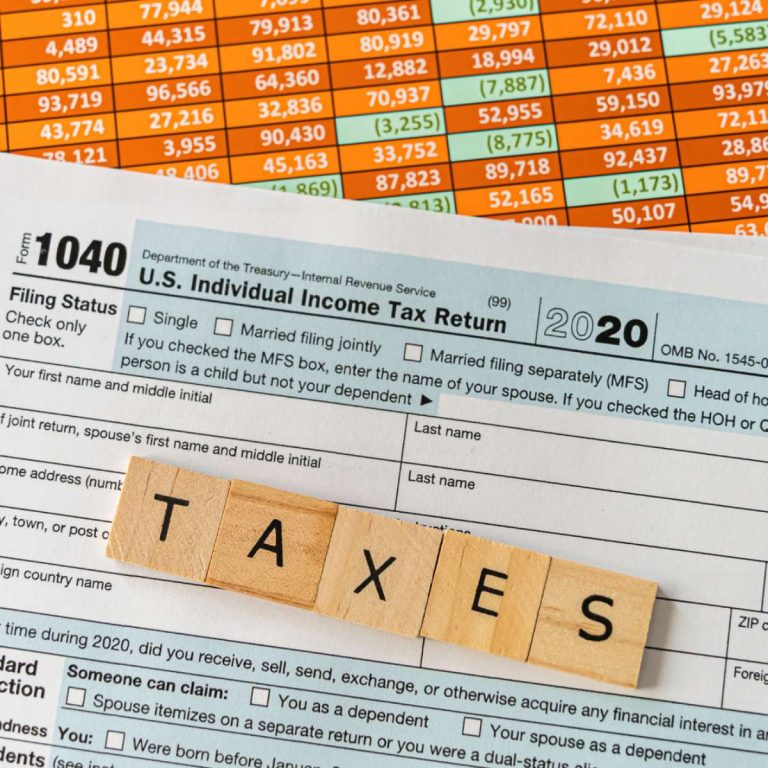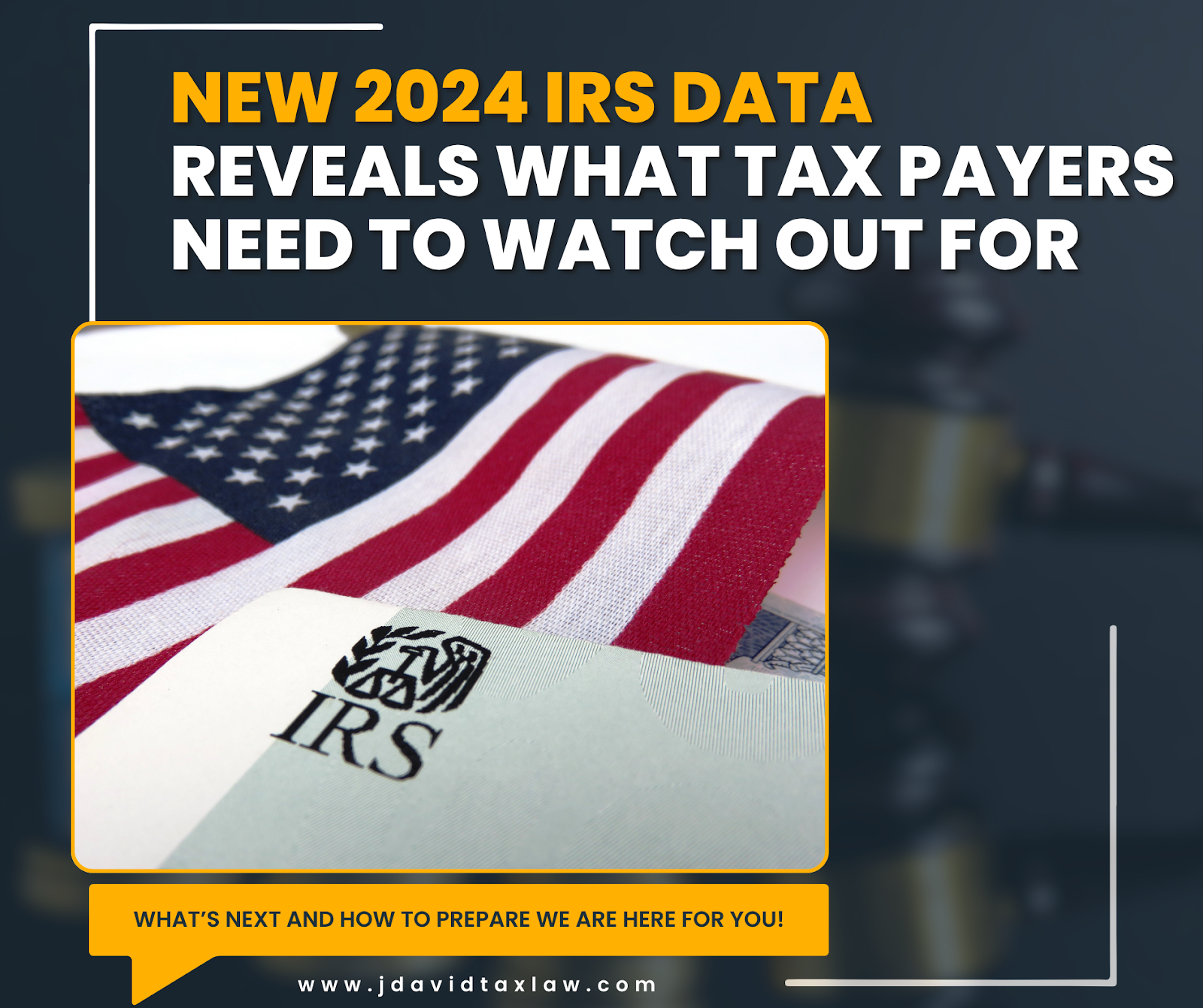
Tax refund garnishment allows state and federal agencies to take your refund for unpaid debt. With the right steps, it’s preventable. Call (888) 342-9436.





In recent years, North Carolina has found itself facing significant challenges in balancing its budget and addressing its tax debt. The state comes with a marginal tax rate that soars as high as 22% which underscores the complexity of its financial landscape. The state’s tax situation reflects broader economic and policy trends that shape the fiscal landscape of states nationwide.
However, this situation is not unique to North Carolina alone. If you are planning or living in the area, you need to understand where it stands compared to other states. This is crucial to assess its living expenses and overall economic opportunities.
Keep reading as we run down North Carolina’s position among the top 10 states with the highest tax debt in the country.
California’s income tax system is renowned for its progressive structure, featuring a tiered tax rate that levies higher taxes on individuals based on their financial situation. Currently, California’s income tax rates range from 1% to 13.3%, making it one of the highest in the nation. This progressive taxation scheme aims to redistribute wealth and fund essential public services, such as education, healthcare, and infrastructure projects.
Despite its robust economy driven by diverse sectors such as technology, entertainment, and agriculture, California is susceptible to economic volatility. Fluctuations in revenue streams, such as income taxes and capital gains, can disrupt budget projections and necessitate adjustments to maintain fiscal stability.
Hawaii, on the other hand, operates an income tax system with multiple tax brackets. Income tax rates can range from 1.4% to 11%, with higher rates applied to individuals with higher incomes. This progressive taxation framework aims to uphold principles of fairness and equity while generating revenue to fund essential public services such as:
education,
healthcare, and
infrastructure projects.
Hawaii’s economy is heavily reliant on tourism. This contributes significantly to state revenues through taxes on accommodations, dining, and activities. However, the tourism industry is inherently volatile and susceptible to external shocks such as natural disasters, economic downturns, and global pandemics.
New York’s income tax system, like California’s, employs a progressive structure with multiple tax brackets. The state’s income tax rates range from 4% to 10.9%. This progressive taxation framework aims to uphold principles of fairness and equity while generating revenue to fund essential public services.
New York’s economy is centered around finance, technology, tourism, and diverse industries. However, this does not mean that it is not susceptible to economic fluctuations. During periods of recession, tax revenues may decline which can increase reliance on borrowing to cover the state’s expenses.
New Jersey operates under a progressive income tax system with multiple tax liability brackets.
For instance, a self-employed individual earning $30,000 a year might fall into a tax bracket with a rate of 1.4%. But as they more forward to $1,000,000 a year, they will fall into the top tax bracket with a rate of 10.75%. This progressive taxation structure aims to redistribute wealth and fund essential public services such as education, healthcare, and infrastructure projects.
Washington D.C. imposes income tax rates ranging from 4% to 10.75 %, with higher rates applied to individuals with higher incomes. This progressive taxation framework aims to generate revenue to fund public education, transportation infrastructure, public safety, and social welfare programs.
Despite being the seat of the federal government and hosting a robust economy, the state faces challenges associated with its limited tax base. Since D.C.’s tax revenues heavily rely on income taxes, property taxes, sales taxes, and federal grants. The limited tax base can make D.C. vulnerable to revenue fluctuations and fiscal pressures, contributing to its income tax debt burden. If struggling with tax debt in Washington D.C. contact J. David Tax Law for expert tax debt resolution.
Oregon relies heavily on income taxes as a primary source of revenue. This exposes the state to revenue volatility during economic cycles.
The progressive nature of Oregon’s income tax structure, with rates ranging from 4.75% to 9.9%, aims to distribute the tax burden fairly across income levels. However, this reliance on income taxes makes Oregon’s revenue streams sensitive to fluctuations. This is in terms of employment levels, wages, and business profits which amplify budgetary challenges during economic downturns.
Minnesota operates under a progressive income tax system, meaning that individuals with higher incomes are taxed at higher rates. This progressive taxation framework is designed to ensure that those who can afford to contribute more do so, thereby promoting fairness and equity in the tax system.
For single filers or married individuals filing separately:
Income up to $27,230 is taxed at a rate of 5.35%.
Income between $27,231 and $87,110 is taxed at a rate of 7.05%.
Income between $87,111 and $166,040 is taxed at a rate of 7.85%.
Income between $166,041 and $276,220 is taxed at a rate of 9.85%.
Income above $276,220 is taxed at the highest rate of 9.85%.
Vermont’s population is predominantly rural, with an aging demographic profile. The state grapples with challenges associated with an aging population, including healthcare costs, long-term care services, and workforce shortages.
Vermont’s highest income tax bracket applies to individuals with the highest incomes, who are subject to a tax rate of 8.75%. This bracket encompasses high-income earners, including executives, business owners, and top earners in various professions.
The higher tax rate in this bracket ensures that individuals with greater financial means contribute proportionally more to state revenues.
The highest income tax rate in Iowa which stands at 8.53% applies to individuals with taxable incomes exceeding a certain threshold. This rate represents one of the highest marginal tax rates in the nation and significantly impacts high-income earners in the state.
Individuals in the top income brackets bear a considerable tax burden, contributing a substantial portion of their income to state taxes.
For example, suppose we have a high-income earner in Iowa with a taxable income of $500,000 for the tax year. Under Iowa’s progressive income tax system, this individual would fall into the highest tax bracket subject and would owe a total of $17,909.91.
Wisconsin operates under a progressive income tax system, similar to many other states in the United States. This means that individuals with higher incomes pay a higher percentage of their income in taxes. The state’s income tax rates are structured across several tax brackets, with rates ranging from 3.54% to 7.65%.
North Carolina operates under a progressive income tax system, with rates ranging from 5.25% to 5.75%.
However, the concept of a 22% marginal tax rate is relevant in understanding tax debt dynamics. High marginal tax rates can influence taxpayers’ decisions, potentially discouraging work, investment, and entrepreneurship. This phenomenon could contribute to revenue volatility and tax debt accumulation in states where high marginal rates are present.
While North Carolina’s income tax rates are not as high as those in some states, factors such as population growth, economic diversification, and infrastructure needs contribute to fiscal challenges.
For expert guidance on navigating North Carolina’s tax landscape and addressing tax-related issues, consider reaching out to J. David Tax Law. With their tax debt experts and comprehensive services, they can provide tailored solutions to help individuals and businesses navigate tax debt challenges effectively.
Our tax relief attorneys specialize in tax problems and tax debt resolutions
Get started with a 100% free consultation

Tax refund garnishment allows state and federal agencies to take your refund for unpaid debt. With the right steps, it’s preventable. Call (888) 342-9436.

Read the latest news about the 2024 IRS data and key insights from J. David Tax Law. Call (888) 342-9436.today for a free consultation.

Facing an IRS collection notice? Learn what it means, how to protect your assets, and how we can stop wage garnishments and levies. Call (888) 342-9436
Get IRS Tax Assistance Within 24 Hours